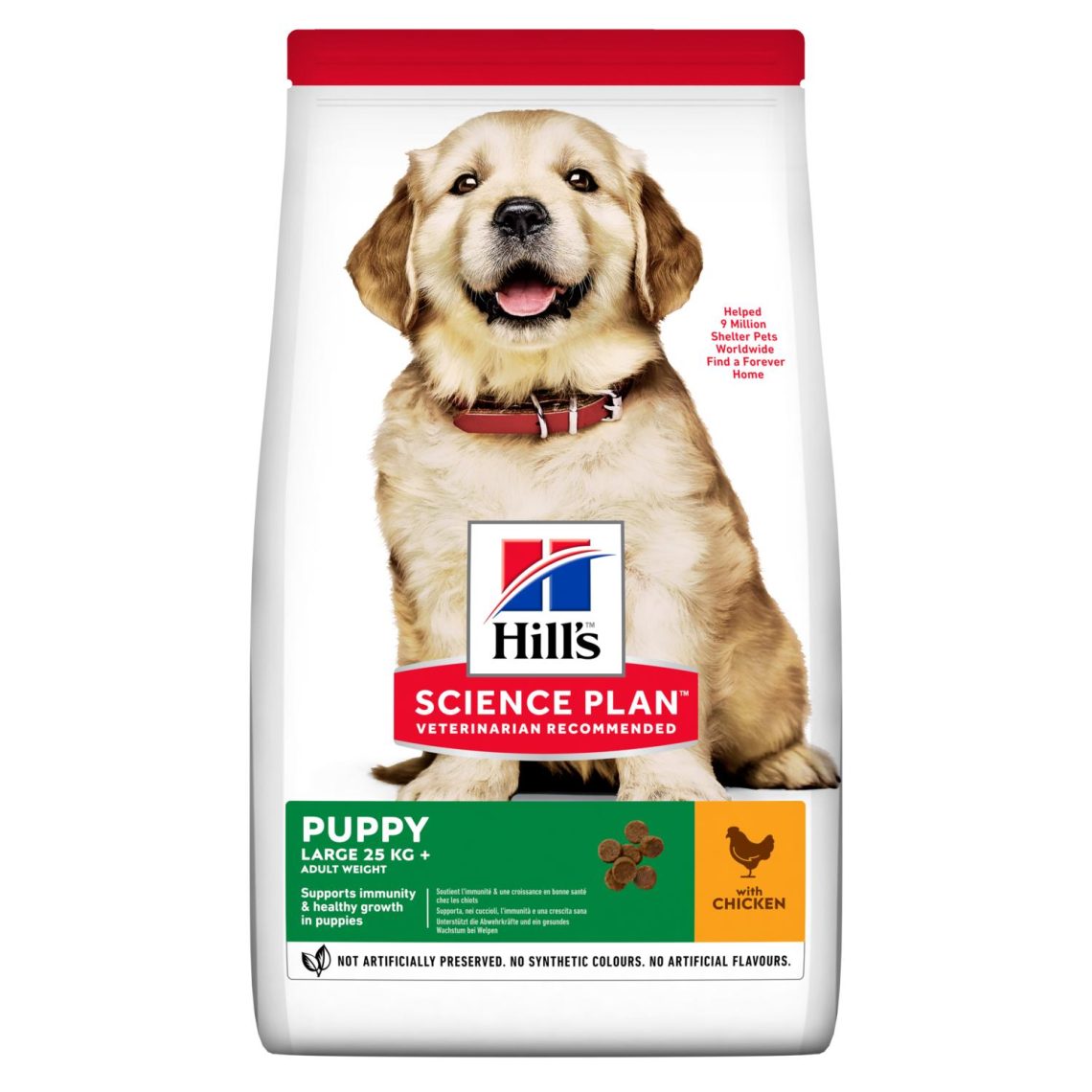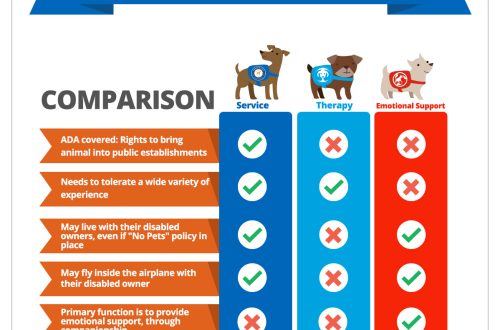
Diet and feeding of puppies of large breeds
Dogs of large and very large breeds – Great Danes, German Shepherds, Labrador Retrievers and others – have different nutritional requirements from small breeds. All puppies are born with incompletely formed bones, but large breed puppies are more prone to complex bone and joint development during the rapid growth phase, up to one year of age. In fact, large breeds reach 50% of their body weight at about five months of age. Small breeds reach 50% of their weight at about four months of age.
The growth rate of all puppies depends on nutrition. The diet should be selected so that they grow at an average, and not at a maximum rate. Compared to smaller puppies, large breed puppies require limited levels of fat and calcium to optimize their growth rate. They will still reach their adult size, just over a longer period of time, which will ensure the healthy development of their bones and joints.
Two key nutrients that should be reduced for large breed puppies are fat (and total calories) and calcium:
- Fat. High fat/calorie intake leads to rapid weight gain while bones/muscles are not developed enough to support excess body weight. Controlling the level of fat and total calories in the food for these puppies can help reduce their risk of developing bone and joint problems.
- Calcium. Excessive calcium intake increases the likelihood of skeletal problems.
Hill’s Large Breed Dog Foods are specially formulated to help them live long, quality lives. Hill’s Science Plan Large Breed Dog Foods are limited in calcium and fat, while providing increased levels of certain nutrients such as omega-3 fatty acids, L-carnitine, and E+C antioxidant vitamins. These nutrients help maintain joint and cartilage health, as large breed dogs experience more stress on their joints due to their size.
Understand that Mastiffs, Labradors, and all other large and very large breeds require specialized nutrition to live life to the fullest, and it is up to you to provide it for your pet.





